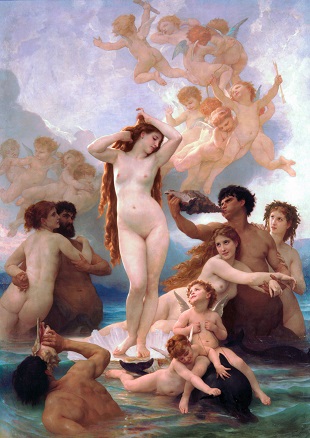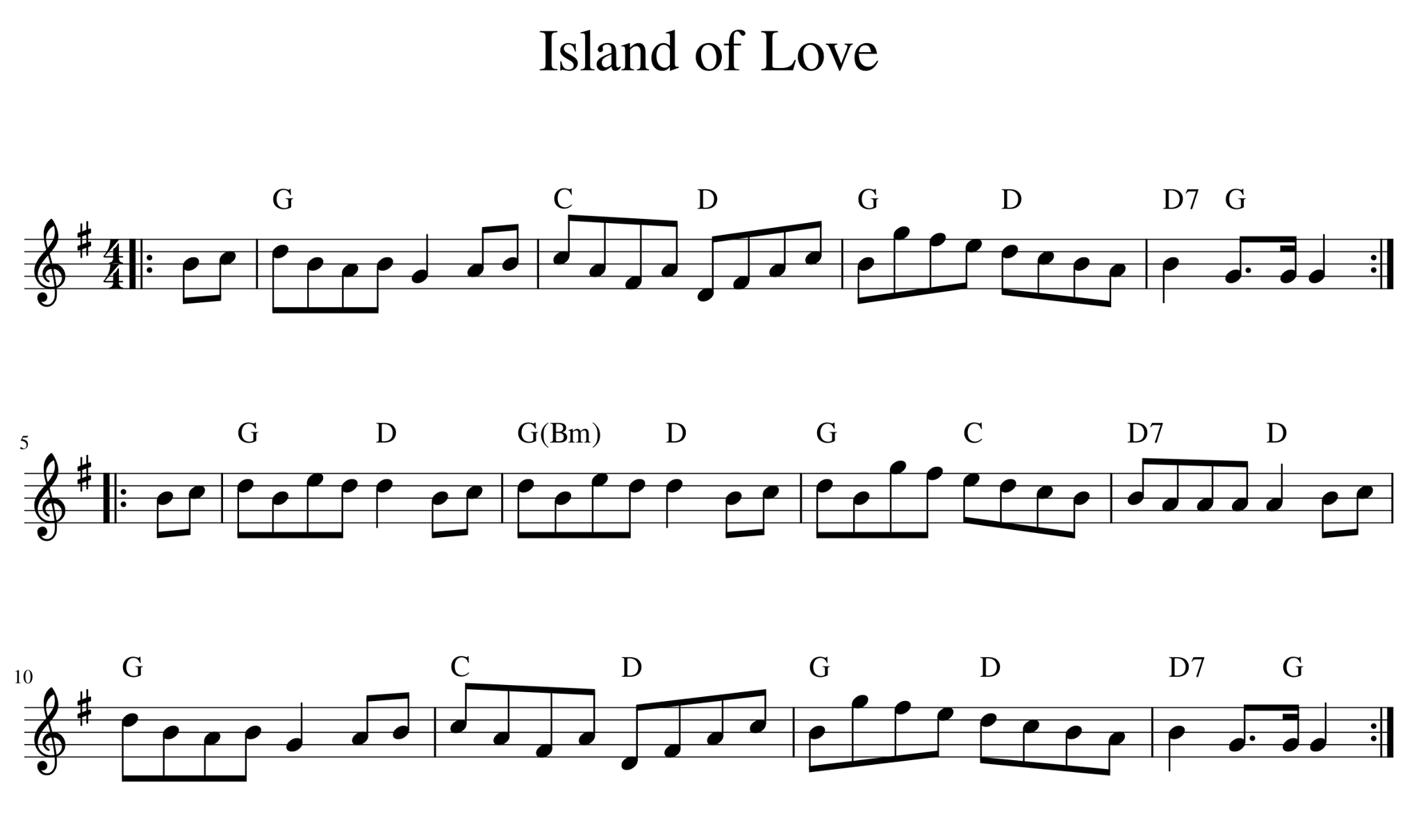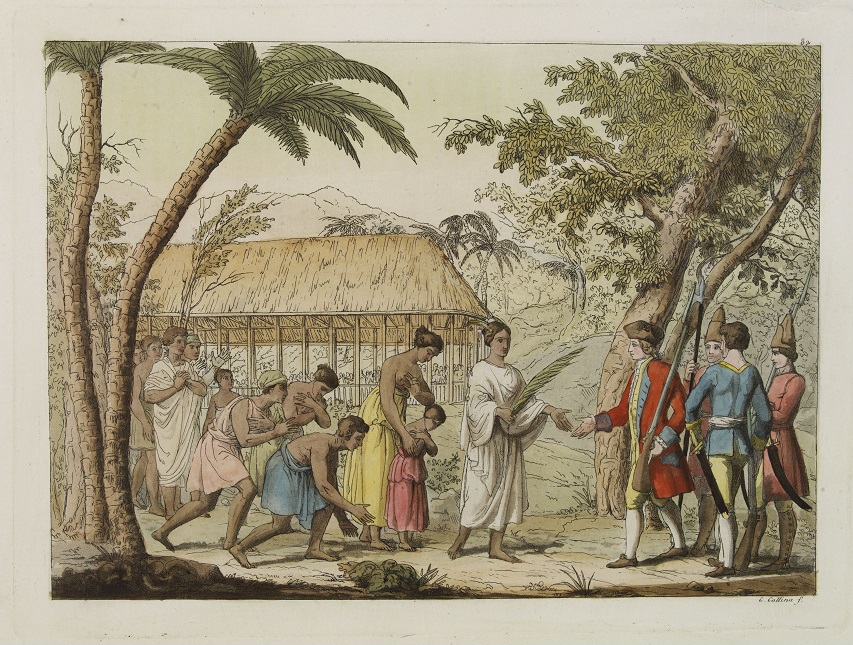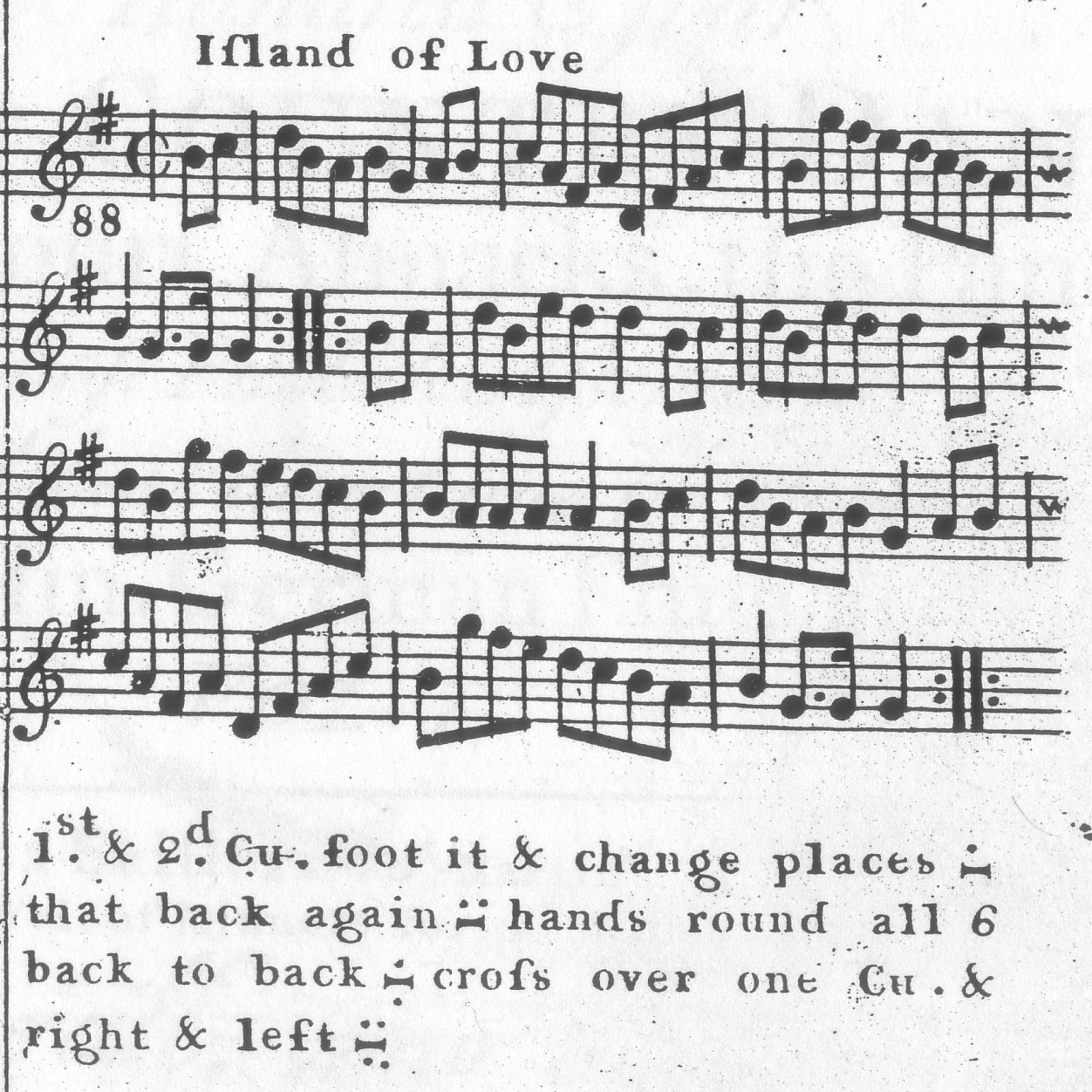‘In the Island of Otaheite where Love is the Chief Occupation, the favourite, nay almost the Sole Luxury of the inhabitants; both the bodies and souls of the women are moulded into the utmost perfection…’
Joseph Banks, naturalist on HMS Endeavour
When Europeans first arrived in Tahiti, they thought they had found paradise. The British explorer, Samuel Wallis, captain of HMS Dolphin, was sent into the Pacfic to search for the fabled Southern Continent. After months at sea and with provisions running low, he was overjoyed to find an island with a delightful climate, an abundance of fresh food, pure water, and a warm welcome (after some initial misunderstandings).
The crew returned to England with tales of their marvelous adventures, including stories of scantily clad women and the sexual freedoms they enjoyed.
Then we plow’d the South Ocean, such land to discover
As amongst other nations has made such a pother
We found it, my boys, and with joy it be told.
We’ve the pleasure ourselves the tidings to bring.As may welcome us home to our country and King.
For wood, water, fruit, and provision well stor’d
Such an isle as King George’s the world can’t afford.
For to each of thee islands great Wallis gave name,
Which will e’er be recorded in annals of fame.
We’d the fortune to find them, and homeward to bring
These tidings as tribute to country and King.
Song of the Dolphin‘s crew, sung in the inns and taverns of London
Less than ten months after Wallis claimed Tahiti for King George, a French expedition lead by Commodore Bougainville arrived (1768). In a traditional welcoming ceremony, a beautiful young women lowered her garments to reveal her naked body, an action the classically-educated Frenchmen immediately equated with images of Aphrodite, the Greek goddess of love (Venus, in Roman mythology). Bougainville was so taken with this striking similarity that he named the island New Cythera, after the Greek island where the young goddess Aphrodite had emerged from the sea.

Aphrodite (aka Venus), Goddess of love, beauty and sexuality. Art in eighteenth-century Europe was dominated by neo-classical themes – the goddess of love was a popular image. Painting by William Adolphe Bouguereau.
The French expedition remained for several weeks enjoying the hospitality of the Tahitians, including the entertainments provided by the arioi, an elite group dedicated to the arts. As part of the cultural exchange, the Tahitians performed their songs, plays and dances, and were in turn feted with a shipboard concert with flutes, base-viols, and violins, and a spectacle of fireworks.
On returning to France, a captivating and splendid vision of Tahitian society was portrayed – a place where gentle people lived in blissful innocence, free from the corruption of civilisation. Commerson, the naturalist on the expedition, described Tahiti as an Island of Love with gorgeous, beguiling women. His account was widely circulated and caused a sensation throughout Europe when it was published in 1771.
The homecoming of Captain Wallis to England with news of Tahiti came at a serendipitous time for Lieutenant James Cook. The Royal Society had arranged for Cook to travel into the Pacific to observe the Transit of Venus, but an appropriate location had not been identified. Tahiti was the perfect site.
Some of the crew from Dolphin were keen to travel again to the island, and glowing accounts of the exotic paradise attracted more men to sign on for the voyage. Within two months, the Endeavour set sail on Cook’s first voyage to the South Seas. On arrival in Tahiti, the crew were once more entranced by the hospitality of the islanders.
While Wallis had named the island for King George, and Bougainville for Cythera, Cook asked the inhabitants what name they used. It was initially spelt Otaheiti, before being corrected to Tahiti as the European’s understanding of the language improved.
During the three months spent on the island, the virile young Joseph Banks enjoyed the sexual favours offered to him and wrote enthusiastically about his encounters. Cook had a more sober approach to these amorous adventures, staying loyal to his wife, Elizabeth at home in Mile End. He attempted to protect the native women from exploitation by his men, issuing a set of rules to control their behaviour. It was also imperative to restrict the trade in metal, particularly nails, which the men used as gifts to their lovers. The Dolphin had suffered from the crew removing nails to trade for sex, to such an extent that the ship was in danger of falling apart. Cook ensured this fate did not befall the Endeavour.
Back in England, the stories of romantic liaisons where further embellished and sensationalised, particularly with the account of the darling of high society, Joseph Banks. When Hawkesworth’s official account of the Pacific explorations (Byron, Wallis, and Cook) was published in 1773, it was criticised for drawing undue attention to the sexual customs of the South Sea Islanders. Perhaps this was a factor in the three volume set becoming one of the most popular publications of the eighteenth century.
![French artist, Jean Gabriel Charvet created an imaged view of Tahiti in panoramic wallpaper, Sauvages de la Mer Pacifique (The Savages of the South Pacific). Musées départementaux de la Haute-Saône [CC BY-SA (https://creativecommons.org/licenses/by-sa/3.0)]](/cms/wp-content/uploads/2020/01/Les-Sauvages-de-la-mer-Pacifique.jpg)
Reflecting the popularity of Cook’s journal, in 1804 the French artist Jean Gabriel Charvet created a romantic view of Tahiti in panoramic wallpaper, Sauvages de la Mer Pacifique (The Savages of the South Pacific).
As with any significant theme in eighteenth century society, a dance was devised to celebrate and capitalise on its popularity. The dance Island of Love was published three times between 1775 and 1776.
 Listen to Island of Love Now available on our CD
Listen to Island of Love Now available on our CD
Skillern’s Compleat Collection of Two Hundred & Four Reels and Country Dances. London 1775 & 1776
Country dance: Duple minor longways.
| A1 | 1-4 | 1st and 2nd couples set to partners, then cross over (½ gypsy). |
| A2 | 1-4 | 1st and 2nd couples set to partners, then cross back (½ gypsy). |
| B1 | 1-4 | Circle left |
| 5-8 | All back to back with partner | |
| B2 | 1-4 | 1s cross and cast (while 2s lead up), 1s two hand turn ½ way |
| 5-8 | 4 changes of a circular hey |
Select Bibliography
Baker, S. (2002). The Ship: retracing Cook’s Endeavour voyage. London: BBC Worldwide Ltd
Druett, J. (2011). Tupaia : Captain Cook’s Polynesian navigator. Santa Barbara, Calif: Praeger.
Gascoigne, J. (2007). Captain Cook : voyager between worlds. London ; New York: Hambledon Continuum.
Hetherington, M., & National Library of Australia. (2001). Cook & Omai : the cult of the South Seas. Canberra: National Library of Australia.
Keller, R. M. (2006). Dance Figures Index: English Country Dances, 1650-1833. from The Colonial Music Institute https://www.cdss.org/elibrary/DFIE/Index.htm
Salmond, A. (2003). The Trial of the Cannibal Dog. Captain Cook in the South Seas
London: Allen Lane, an imprint of Penguin Books.
Salmond, A. (2011). Aphrodite’s island : the European discovery of Tahiti. Berkeley, Calif. ; London: University of California Press.
Wills, K. L. (2018). Fancy, Spectacle, and the Materiality of the Romantic Imagination in Pacific Exploration Culture. UC Riverside.
______________________________________________________________
This resource was created on the lands of the Gubbi Gubbi people.
We pay our respects to their elders past and present.
Sovereignty was never ceded.
______________________________________________________________
Header credits:
1. Portrait of Captain Cook by Nathaniel Dance-Holland [Public domain]
2. A jig on board by Cruikshank. Courtesy of The Lewis Walpole Library, Yale University
3. View of the South Seas by John Cleveley the Younger [Public domain]
______________________________________________________________
The information on this website www.historicaldance.au may be copied for personal use only, and must be acknowledged as from this website. It may not be reproduced for publication without prior permission from Dr Heather Blasdale Clarke.





2 Responses to Island of Love